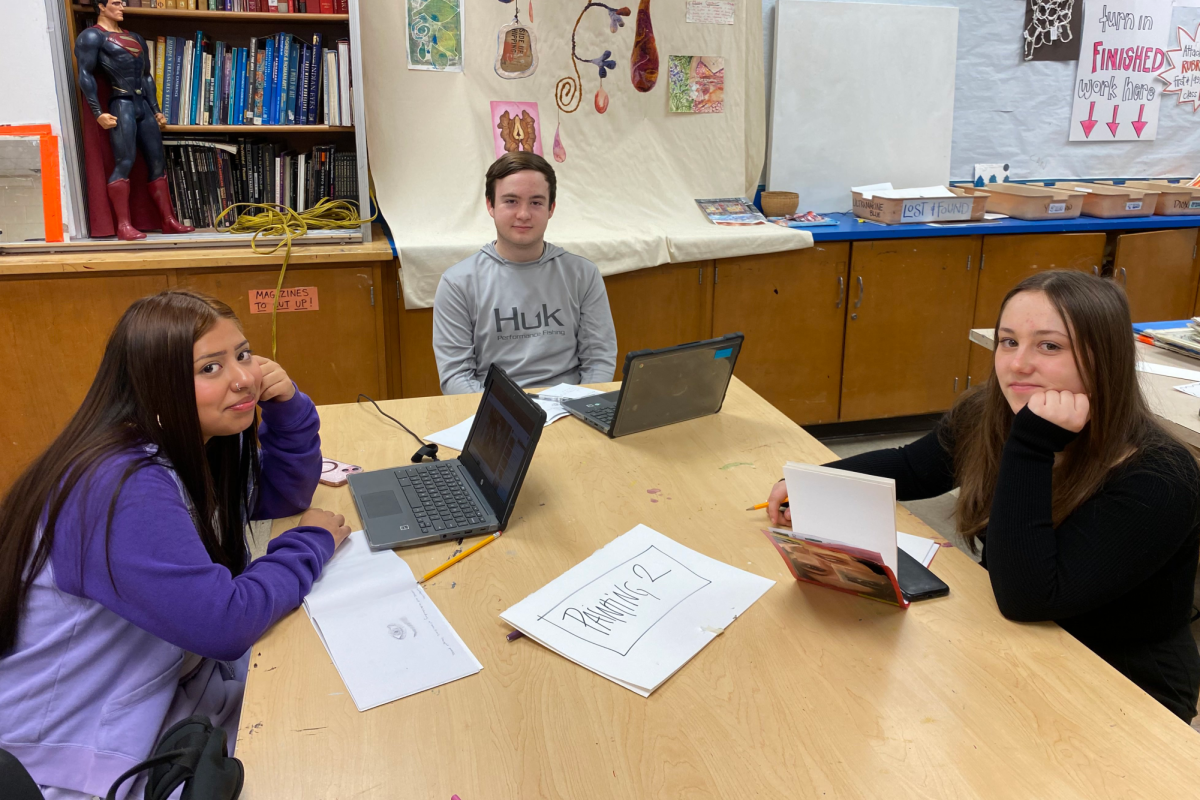South should offer more classes with an American Indian perspective
February 19, 2014
In a certain part of South, students smudge, participate in drum circles, and learn about American Indian culture. Unfortunately, that learning doesn’t spread to the rest of the school.
South’s Liberal Arts and Open programs don’t focus enough on American Indian history. Important historical events such as the Trail of Tears are covered in APUSH, and books such as and Sherman Alexie’s The Absolutely True Diary of a Part-Time Indian are read in English classes. However, this is no substitute for a class taught from an American Indian perspective.
In the Liberal Arts and Open programs, we learn American history through a white lens. Students do not get the opportunity to fully immerse themselves in the other side of the story. Yes, important events are covered in our history textbooks, but American history from a white perspective is profoundly different from American history from a Native perspective.
Clearly our classes today do not endorse the mass death and cultural destruction caused against the Native people of the United States, but neither do they approach it as a genocide, or an ethnic cleansing. To truly understand both sides of the story, both sides must be heard equally. A few paragraphs per chapter in our APUSH books is not enough to show the devastation that American Indians suffered at the hands of European settlers.
South’s student body, however, benefits greatly from the All Nations program. Here, students are able to learn about culture, traditions, and history from a Native perspective. However, these practices do not spread to the rest of the school.
Instead of spending an entire year learning American history from a white perspective, another class should be required for Liberal Arts and Open, a class taught from an American Indian perspective, showing multiple sides of the story and allowing many voices to be heard.
All ethnic groups should be given the proper respect and time in classes, but as Americans we need to first and foremost understand the story of our land, and that story is tied inextricably to the native people of the United States.
As we hear so often, it truly is the victor’s side of the story that gets heard, or in this case, taught. Our programs would benefit greatly from an American Indian perspective. Just one class could focus on American history from the side that we rarely get to hear speak. American Indians have been silenced throughout history, it is time for them to gain a voice in our education.





